Chaugan Offers Picturesque Landscapes And Tranquility To Visitors
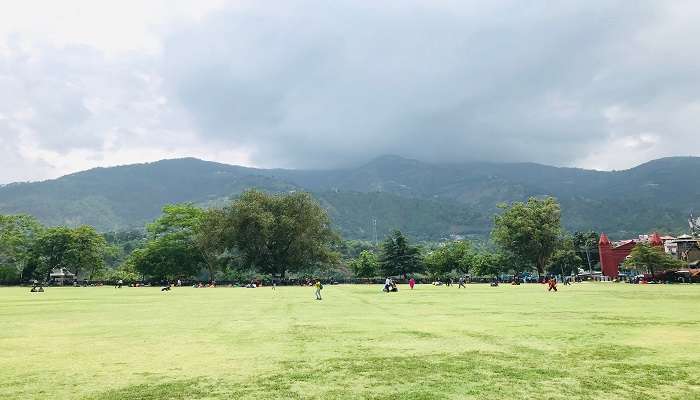
In the Himachal region, the plains are referred to as Chaugan. The three most important plains or Chaugan in the state of Himachal Pradesh are situated in the districts of Sujanpur, Chamba, and Jaisinghpur. While Chamba’s eastern backdrop lends itself to the massive formation of Shah Madar, the Chaugan is the main hub of all the different kinds of activity that goes on in Chamba. The town is situated at the confluence of the Ravi River and the Sal River, a tributary of the Ravi River. The Chaugan which is situated in Sujanpur Tihra is recognised as the largest region in Himachal Pradesh and was built during the reign of Raja Sansar Chahd. Another place which is famous for its Chaugan is a small sub division and town located in Kangra in Himachal Pradesh, called Jaisinghpur.
History Of Chaugan

“Four corners” is another significant meaning for the term “Chaugan.” Originially played in the middle east, as a blend of polo and golf, Chaugan has also come to be referred to this game which derives from Persia. This game is played with what are called “Gilli” or sticks, a ball as well as on horses. The name of the game itself derives from the field or the ground on which the game is played, called Chaugan. It was, while playing Chaugan only, that Qutb ud-Din Aibak, the First Sultan of Delhi, slipped off his horse and died.
Must Read: Places To Visit In Himachal Pradesh
Places To Visit In And Around Chaugan
Chaugan is a small town in Himachal. It has many attractive places to visit nearby. Here is the curated list of the places to visit in and around the Chaugan :
Chamba
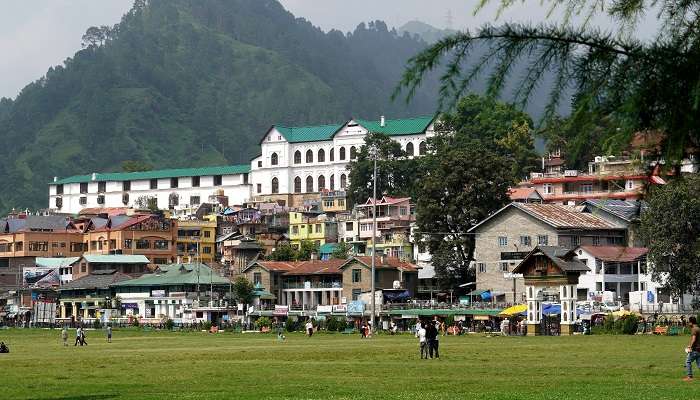
Chamba’s history is deeply ingrained in the culture and essence of the region. The Kolian tribes were the first to rule this region. The Audumbaras and Khasas ruled the area in the second century BC. The Thakurs and Ranas ruled during the Gupta era in the fourth century AD. The Rajput dynasty, also known as the Gurjara-Pratiharas, rose to power in the seventh century. Subsequently, on April 15, 1948, the princely kingdom of Chamba finally united with India.
Sujanpur
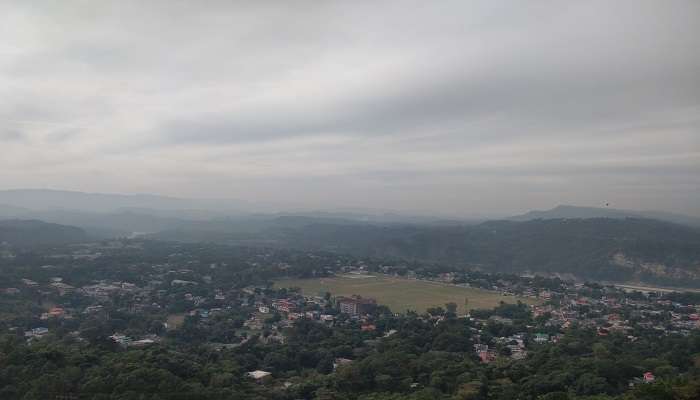
The town was initially established as “Sajjanpur”. However over time, the name of the town changed and it eventually came to be known as Sujanpur. The current name “Tihra Sujanpur” resulted from the expansion as a capital by the Katoch dynasty, who also built a fort next to it along a Tihra, or foothills. In addition to palaces and temples, The king also built a warrior training facility in the shape of a square known as the “Chougan” in the area.But after independence, the Chougan is currently developed into a public space that is used for public gatherings, including cultural festivals.
Suggested Read: Chamba Town
Jaisinghpur
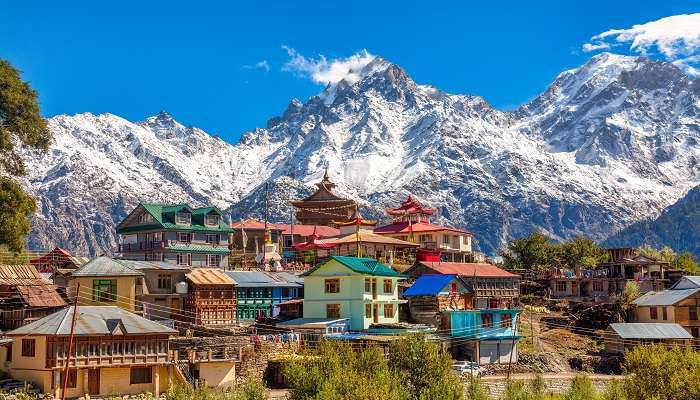
In the Indian state of Himachal Pradesh, sits the little town and subdivision of Jaisinghpur. It bears the name of His Highness Maharaja Shri Sir Jai Chand Katoch, the Rajput ruler of the Princely domain of Kangra-Lambagraon, The plain known as “Chaugan” in Himachal Pradesh is what makes this town famous. Since around ninety years ago, Jaisinghpur has been in first place in Kangra, if not all of Himachal, to stage the Ramlila.
What To Do In Chaugan
Chaugan’s expansive fields are a perfect location for camping. People pitch tents in these grounds and spend their day meandering over the picturesque plains while stargazing through te nights. Chaugans have become a thriving centre of outdoor activity and adventure sports, making it the ideal vacation spot for thrill-seekers.
Here are the things to do in Chaugan:
Suhi Mata Mela
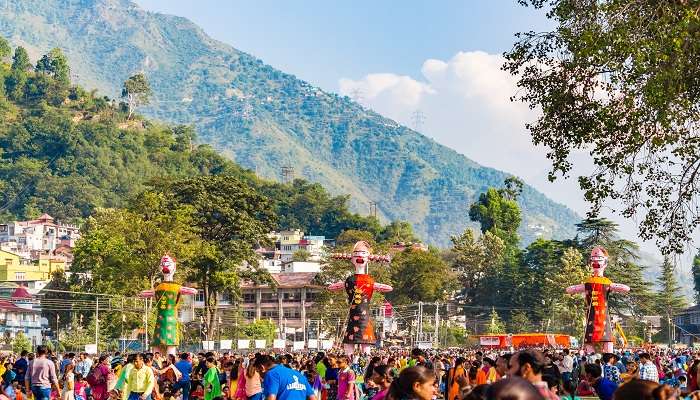
A traveller to Chaugan can also, if they travel to Chamba at the right time, witness a unique local festival accompanied by festive activities, which is called the Suhi Mata Mela or the Suhi Mata Festival. Every year, either in March or April, there is a celebration for a period of about four days, known as “Suhi Mata Mela”. This mela is held in order to honour the queen of Chamba. The queen of Chamba gave her life to bring water to the town. The story behind this festival and the Sui Mata temple, which was constructed in honour of the queen (who was Raja Sahil Varman’s wife), centres on the sacrifice she made to allay a dream-related prophecy that stated an aqueduct would be necessary in order to access water from the Sarota stream unless either she or her son was sacrificed. She gave her own life as a sacrifice for the village rather than killing her own son.
Suggested Read: Bhalei Mata Temple Himachal
Minjar Mela
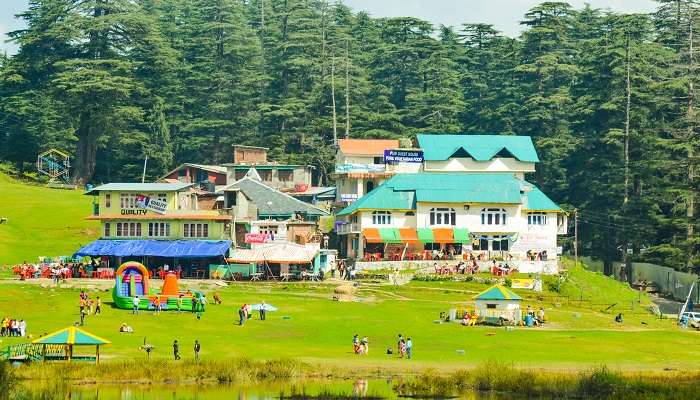
The “Minjar Mela”, which falls on the second Sunday of the Shravana month, is another well-known celebration celebrated in Chamba. The mela not only commemorates the victory of the Raja of Chamba over the Trigarta king in 935 AD, but also honours the maize and paddy crops that are cultivated at this time of year. Offerings of “minjar,” which are made up of a bundle of paddy plants and golden silk encased in red cloth, are made at the start of the celebration. Lord Raghuvira’s picture, together with the images of over two hundred other deities, are carried in a procession on a chariot drawn by ropes. The celebrations include “Kunjari Malhar,” or folk dances and music performances. There is a parade that begins at the Akhand Chandi Palace on the last day of the celebration. This is the time when offerings are also made in the Ravi River.
Holian Fair
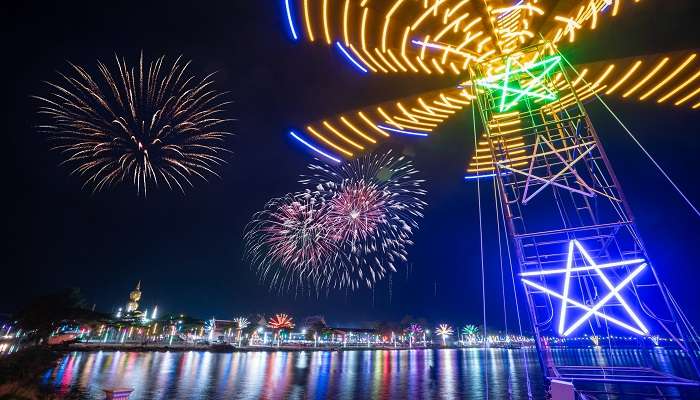
Jaisinghpur is particularly well-known for its yearly Holian fair, which is held in March in subsiding with Holi, the festival of colours. Jaisinghpur’s Holian is well-known for its mouthwatering Aalu Chholey and Jalebi. Holian keeps going for nearly a week. The yearly Kushti (wrestling) held at Dargah during Holi is witnessed by a large number of people. After hosting such a great number of cultural extravaganzas, the Chaugan is closed to the public after Dushera to April to carry out maintenance.
Suggested Read: Nehru Kund
Culture Of Chaugan
Due to the centuries-long influx of migrants from Tibet and Kashmir, Chamba now boasts a diverse range of traditional clothing, each representing a distinct region. It is believed that the ancient inhabitants of Chamba wrapped a luxurious woollen blanket, called chadar, around their waists to stay warm in the chilly weather. Several archaeological finds in the region show that it was frequently knotted or girdled with a band or patka, supporting this style.
Dance and Music
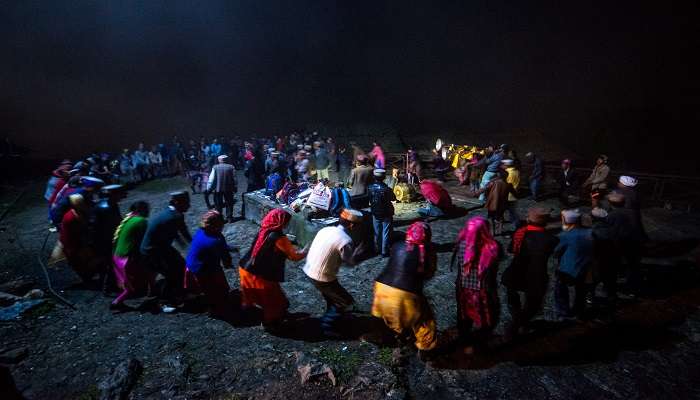
All through the night, people sing “Ainchali,” which are devotional melodies. As soon as the sacrifices are spoken in relation to Lord Shiva, the “Chella” is called upon and enters a trance. It is stated that the Lord himself possesses him. He responds to inquiries from the family and their acquaintances. The traditional folk music of their region is enjoyed by the Chambyal or people of Chamba. This includes folklore, dances, and songs, all of which are accompanied by a variety of musical instruments. Their intense interest in folk music, which sets them apart from other regions, is proof of their love for it.
Paintings

Chamba is known for its miniature Pahari paintings, where the Basohli style of Pahari paintings originated with Nikku, the Basohli artist who moved from Guler to Chamba in the 18th century. Raja Udai Singh and Raja Jai Singh supported this school of art. The art of Chamba includes both miniatures and murals and the Mughal influence is plainly visible. Lehru, Durga, and Miyan Jara Singh are well-known Chamba artists who have painted in this medium
In the heart of Chamba, Himachal Pradesh; the plains of Chaugan are enriched with the culture of the state. The ‘Cultural Ground’ of Chamba (quite literally) absorbs the cultural practices of the region and enriches the traditional practices of the people of Himachal Pradesh.
The historic cricket ground of the British, Chaugan shares its name with the Persian translation of the royal sport ‘Polo’. The plains that once harboured the sporting passions of the British, now cater to the daring spirit of those who seek adventure. A plethora of adventurous activities are offered, here, in Chaugan.
Further Read: Monuments In Himachal Pradesh
Now that you have a list of things to keep in mind for your next visit to Himachal Pradesh, make sure you explore all three Chaugan and plan your trip to Himachal and stay at the most picturesque locations for the experience of a lifetime. Don’t miss out on these opportunities and book your hotels now.
For our editorial codes of conduct and copyright disclaimer, please click here.
Cover Image Source: Shutterstock
Frequently Asked Questions About Chaugan
What is the average temperature in Chaugan?
Usually, the temperature in Chamba, on average, is approximately 26-27 degrees Celsius.
What are the ideal months to visit Chamba?
March to June is the best season to visit this gorgeous town in Himachal Pradesh.
How can one travel to Chaugan by rail?
Pathankot Railway Station, which is approximately 120 kilometres away, is the nearest railway station to Chamba.
What are some famous tourist attractions near Chaugan?
Tourist sites within 25 kilometres of Chaugan include the Lakshmi Narayan Temple, Chamera Lake, and Akhand Chandi Palace.
What is Chamba's most famous dish?
Madra is a well-known dish from Himachal Pradesh's Chamba district. The meal consists primarily of soaking chickpeas or chana and vegetables.
People Also Read:
Offbeat Destinations In HImachal Pradesh 5 Star Hotles In Dharamsala Places To Visit In Shimla

Innovative Content Writer Focused on Producing High quality, Original Content that drives traffic and engages readers. Experienced in Content strategy and analytics to measure content performance using tools such as SQL, Power BI, Excel.











